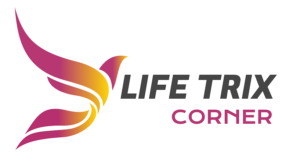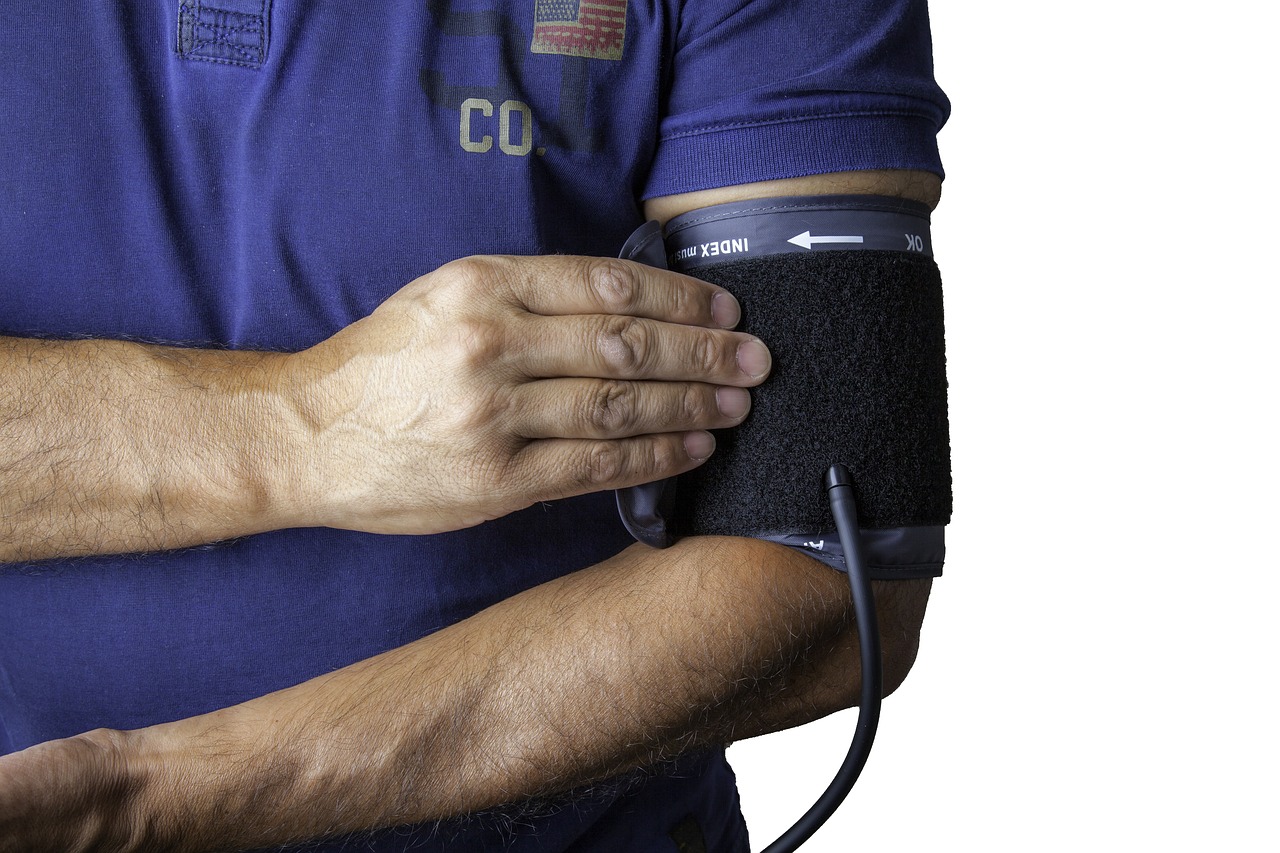Today, we live in a society moving rapidly, and many preventive diseases are constantly escalating. Thus, it is imperative to adopt effective preventative steps to personal wellness. All the more, the introduction of wearable health technology has generated several ways, in which people can observe and regulate their health to some extent.
Such technological devices have indeed changed completely the previously existing traditional ways of tracking how fit we are how we sleep and how we even keep track of our vital signs as well as chronic conditions. They thus help us to make more informed choices on matters concerning our health and embrace a healthier way of living.
Today’s wearable health technologies, powered by continuous data, individualized insights, and close connections to the healthcare system, are shaping the preventative care and wellness model. Nowadays, the proliferation of these novel inventions is no longer limited to the cliques of tech enthusiasts and gadget junkies.
It starts with the fit-bits and smartwatches and ends up at the top-of-the-line devices. We experience the super-fast evolution of this technology, and as such pins help us keep health and well-being under strict control.
This article touches upon wearable health technology, discussing types and issues, the advantages of its uses, and optimal implementation to fit our lives. In addition to taking a look at the emerging trends and innovations, we will also touch upon the challenges and drawbacks that these technologies have.
The Rise of Wearable Health Technology
Definition and Types of Wearable Health Devices
There is a wide range of wearable health devices that are designed to track the performance and health aspects of an individual. They can be embedded in such devices as jewelry and glasses, and serve as wrist or waistband accessories. or be attached to clothes. One of the fields that have gained the most attention is medical technology using wearable devices.:
- Fitness trackers: Several devices, through counting kilometers walked, burn calories, and track physical activity, help users see how they are doing in the activity area daily.
- Smartwatches: In the same vein, smartwatches provide features like heart rate control, sleep tracking and even messaging and notification in addition to the fitness tracking abilities.
- Continuous glucose monitors (CGMs): The CGMs are machines that provide people who have diabetes with 24/7 monitoring and tracking of blood glucose levels. This brings about better control of diabetes symptoms.
- Electrocardiogram (ECG) monitors: These gears can diagnose possible cardiac problems by detecting and tracking heart rhythms.
- Oxygen saturation monitors: These medical devices (which are oftentimes used to manage problems that are respiratory-related test blood oxygen levels and are a cornerstone of respiratory health management/care).
Market Growth and Adoption Trends
The global health wearable technology market has gone through tremendous growth in the very recent times and the main reasons for this market boom are the increasing health awareness, scientific advancement, and the desire for individual health management. Based on the industry reports the forecast for the wearable medical device market is $XX billion by 2025, with an annual rate of growth of XX%.
Key Drivers Fueling the Wearable Health Tech Revolution
The fitness wearable revolution has been influenced by multiple factors that have opened the door to an increased number of customers, helping with wider accessibility too.:
- Sensor technology advancements: Today sophisticated wearable monitors provide us with the ability to accurately measure a much wider range of health parameters such as blood oxygen levels, glucose levels, heartbeat, sleep, and many more. Thanks to these tiny sensors that are very accurate this is possible.
- Integration with smartphones and mobile apps: Many of the wearable health devices sync seamlessly with smartphones and some health apps developed for mobile phones, therefore, the consumers will be able to derive personalized meanings, data interpretation, and an opportunity to share the information with medical professionals.
- Growing emphasis on preventive healthcare: Smart wearable health devices have gradually become vital tools for early identification and treatment of comprehensive medical conditions, a move towards a more proactive and preventative approach in the healthcare systems.
- Growing health consciousness and fitness trends: Wearable fitness trackers have become in demand by those who fancy achieving their fitness goals and engaging in active lifestyles as a consequence of growing knowledge about the importance of physical exercise and healthy lifestyles.
- Aging populations and chronic disease management: This wearable health technology enables the celebration of chronic disorder management, adherence tracking, and remote monitoring thus reducing the strain on healthcare systems that are operated in older populations and with the rise in non-communicable disorders.
Benefits of Wearable Health Technology
Personalized Health Tracking and Monitoring
One of the major strengths of wearable health technology is its ability to track and monitor the health of individuals in a personalized way. These devices can collect numerous titbits on a person’s physical activities, vital signs, sleeping patterns, and even other health metrics, enabling the users to get the full picture of their health and wellness status.
Encouraging Healthy Behaviors and Lifestyle Changes
Wearable health technology has been demonstrated to be a powerful propeller of healthy behavior initiation and sustainable change of lifestyle habits. Many fitness wearables and smartwatches introduce gamification features to their product, for example, step challenges, achievement badges, and social sharing tools, which are often used to motivate the user to be much more physically active and do regular exercise.
Early Detection and Prevention of Health Issues
The key part of effective healthcare is early detection and prevention of medical issues, and wearable health technology can play a huge role in this method. Users can be alerted of the early signs of an array of medical issues just by looking at these gadgets and the information they provide, which could lead to quicker treatment.
Enhanced Communication and Data Sharing with Healthcare Providers
Wearable health devices are now enabling patients and healthcare professionals to communicate and share data more easily than before. Through their mobile apps and cloud-based platforms integrating many wearable devices users can easily share the data with their doctor or members of the healthcare team.
Use Cases and Applications
Fitness and Activity Tracking
The monitoring of your physical activity as well as fitness is possibly the most popular one out of all of the industrial applications in the usage of wearable health technology. Activity trackers and smartwatches are simple illustrations of gadgets that are capable of calculating plenty of factors of physical activity, these factors comprise steps walked, distance traveled, calories burnt, and even the kind of workouts and activities that are performed.
Sleep Monitoring and Management
Sleep monitoring is currently made by a wearable health technology device like a Fitbit or Ovia. Undoubtedly, sleep comes with benefits that keep you away from diseases. Different types of wearables and sleep tracking monitors have been developed so far that are capable of showing users exactly which stages of sleep they are in, such as light, deep, and REM, so users can monitor the quality of their sleep.
Chronic Disease Management
With the rise of wearables, the number of patients managing chronic illnesses such as diabetes, heart disease, and respiratory problems has increased. In diabetes care, CGMs have been very effective in providing real-time insights into blood glucose levels and thereby assist in proper management and control of the condition.
Mental Health and Stress Management
Wearable tech incorporates functions related to stress management and mental health since they are quite new. The newest fitness bands and wellness watches come with several tools to, among other things, guide their users through stress and anxiety-reducing measures like HRV observation, meditation exercises, and guided breathwork.
Remote Patient Monitoring and Telemedicine
Particularly in the wake of the COVID-19 epidemic, wearable health technology has been essential in providing remote patient monitoring and telemedicine. By enabling remote monitoring of patients’ vital signs, symptoms, and general health conditions, these technologies lessen the need for in-person visits and lower the chance of contracting infectious infections.
Challenges and Concerns
Privacy and Data Security
Especially, wearable health technology has high demand during the COVID-19 period and has been known to be a way of providing remote patient monitoring and telemedicine. These technologies are empowered with the ability to remotely observe patients’ vital signs, symptoms, and general health status which implies frequent visits and possible catching of communicable ailments are avoided.
Accuracy and Reliability of Data
Perhaps the most important aspect of wearable health technology pertains to data security and privacy. A huge section of user data along with their private health information is gathered and shared by these devices, which raises the issue of ownership of these data – how do we share, save, and secure them from different leaks, abuses, and breaches?
User Adoption and Adherence
Even though the reliability and accuracy of wearable health devices have recently reached a higher level, development possibilities are still endless. Data precision might be impaired by installation device errors, environmental interferences, and individual physiological differences in the data obtained.
Wearable health devices have many good qualities and they are becoming more and more popular. Still, there remains the problem of a lack of acceptance and adherence to their use. The absence of constant occurrences combined with the inability to analyze the data received are features when people find a way to bypass the usage of such gadgets by finding them difficult and eventually losing interest.
Integration with Healthcare Systems
Another issue that has to be resolved is the seamless integration of wearable health data into the current healthcare system and electronic health records (EHRs). To facilitate efficient communication between patients, healthcare providers, and other stakeholders in the healthcare industry, standardization of data formats, interoperability across platforms and devices, and the creation of safe data-sharing protocols are essential.
Best Practices for Embracing Wearable Health Technology
Choosing the Right Device for Your Needs
As the number of wearable health devices for specific tasks just keeps growing, it may be a challenge to choose one that perfectly fits your needs. Find out the diagnostics you want the future wireless monitor wearable to perform such as heart rate, blood sugar, waveforms analyzer, the level of exactness you want them to reach, the two or more devices the wearable can be paired to, and the user experience it provides.
Setting Realistic Goals and Expectations
Most definitely regarding wearable health devices, there are several upsides; it’s however necessary to be realistic about your outcome. It is not the aim of such gadgets to replace qualified medical counsel or professional or advisory medical assistance. Rather, their aim is first to promote and then to take these activities to a higher level.
Developing Healthy Habits and Routines
Integrating wearables such as health technologies with your daily routine may assist you in inculcating these habits of routines and transient behaviors. Set up a routine that will involve the collection of your health data, examination of the numbers, and adjustment of the resolution accordingly as suggested by the wearable device.
Collaborating with Healthcare Professionals
From a teamwork point of view, collaboration with medical practitioners is indispensable if we aim to exploit health wearables fully. Discuss in length your medical doctor concerning any fears or questions that may have arisen as well as take advantage of their input into achieving your health-related goals.
Ensuring Data Privacy and Security
Data security and privacy arise as two key concerns while utilizing wearable health technology that has been referred above. Check out the most recent security updates and ensure that your devices are patched, privacy settings are set properly, and your passwords are very strong to protect your health data as well as your info.
The Future of Wearable Health Technology
Emerging Trends and Innovations
The field of wearable health technology is developing quickly, and new advancements and trends are appearing all the time. Among the fascinating advancements that are soon to happen are:
- Following-generation biosensors or advanced biosensors would avail wearable devices to more numerous indications of health comprising the body temperature, blood pressure, and even biomarkers of individual diseases.
- Machine learning and artificial intelligence (AI): By merging these two fields, wearable technology will be more succinct in biometric assimilation, which will offer more personalized predictive analytics and insights.
- Epidermal electronics: The improvement of the performance of flexible electronics will eventually give rise to touch-wearing devices that will always be ready to collect diverse and even more precise health data.
- Virtual coaching and digital therapeutics: As wearable health technology continues to advance, virtual coaching and digital therapeutic features will proliferate, giving individuals the opportunity for individualized advice, treatments, as well as assistance in managing many health conditions, such as diabetes, hypertension, as well as lifestyle habits alteration.
Integration with Other Technologies
The Internet of Things (IoT), augmented reality (AR), and virtual reality (VR) are just a few of the cutting-edge technologies that wearable health solutions are set to seamlessly interact with to provide consumers with an immersive experience.
For example, IoT-enabled smart homes could automatically adjust lighting, temperature, and other environmental factors based on data gathered from wearable devices, promoting optimal health and well-being. AR and VR applications could provide interactive and engaging ways to visualize health data, set goals, and receive personalized coaching or guidance.
Potential Impact on Healthcare Delivery and Costs
The increasing presence of wearable health tech has the enabling capacity to transform the way that healthcare is availed and costs are incurred. Through MDMN, first health problems can be detected early and then chronic conditions are better managed, thereby placing less strain on health systems and lowering the possibilities of unnecessary hospitalizations or urgent care.
Ethical Considerations and Regulatory Frameworks
As wearable health technologies develop more effectively and become an integral part of the healthcare system, ethical considerations and regulatory policies will determine their deliberate and just handling.
Matters like data privacy, informed consent, algorithmic bias, and the possibility of overmedicalization should be curbed to safeguard human rights and reduce unethical occurrences. Combined efforts of technology companies, healthcare institutions, legislative bodies, and ethical experts will form the basis of future health wearable tech development.
Conclusion
Wearable health technologies have revolutionized the way we approach personal well-being and preventive care. From fitness tracking and sleep monitoring to chronic disease management and remote patient monitoring, these innovative devices empower individuals to take control of their health like never before.
By providing real-time data, personalized insights, and seamless integration with healthcare systems, wearable health tech offers numerous benefits, including early detection of health issues, encouragement of healthy behaviors, and enhanced communication with healthcare providers.
However, it is crucial to address challenges such as privacy concerns, data accuracy, user adoption, and integration with existing healthcare infrastructure to fully unlock the potential of these technologies.
Author Bio :
Samantha is a passionate mental health advocate and writer at EITHR. Through her insightful articles, she guides individuals and organizations on prioritizing mental well-being in our fast-paced world. Having witnessed the impacts of stress and burnout, Samantha provides actionable strategies for cultivating resilience, work-life balance, and psychological safety. Her empathetic yet solutions-driven approach inspires lasting positive change. Samantha’s writings offer a roadmap for fostering thriving minds – showing how proactively nurturing mental health unlocks productivity, creativity, and overall fulfillment.















